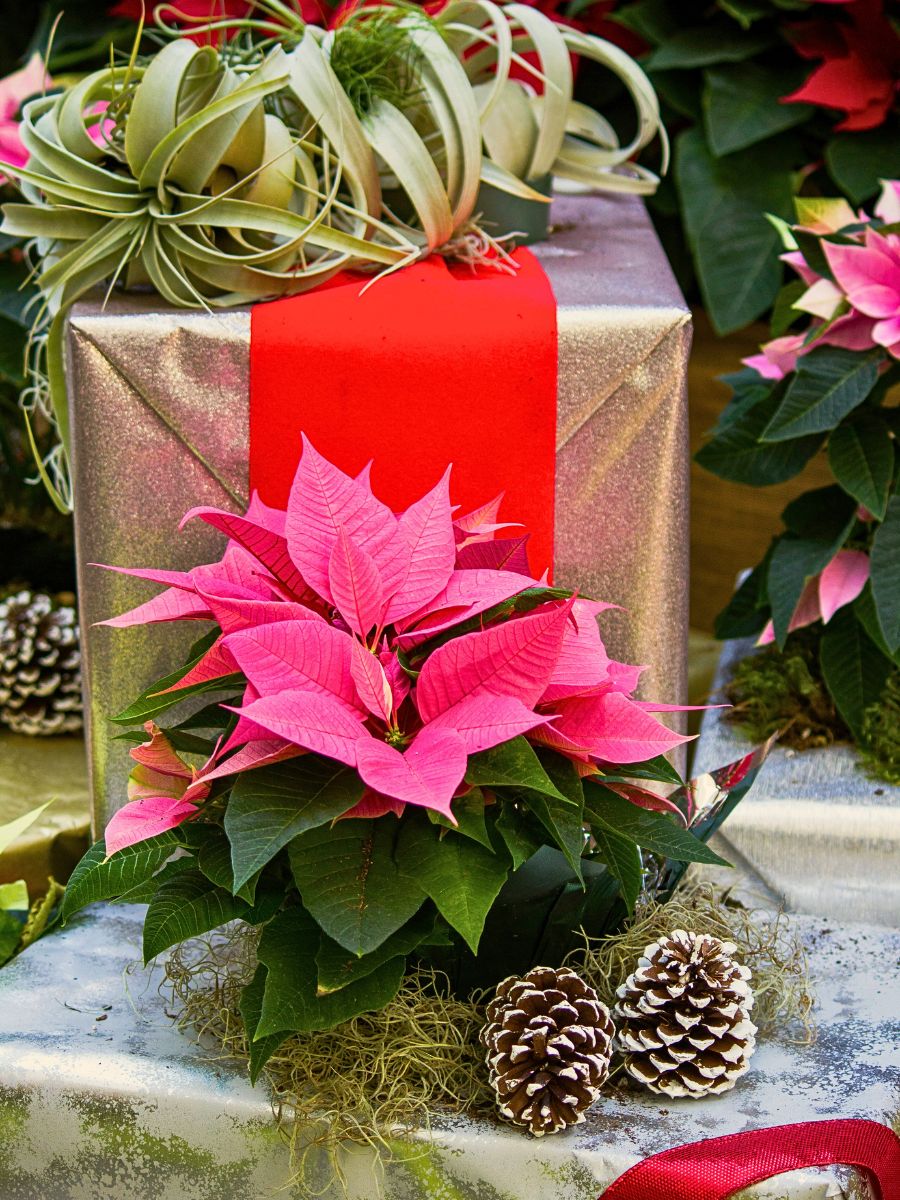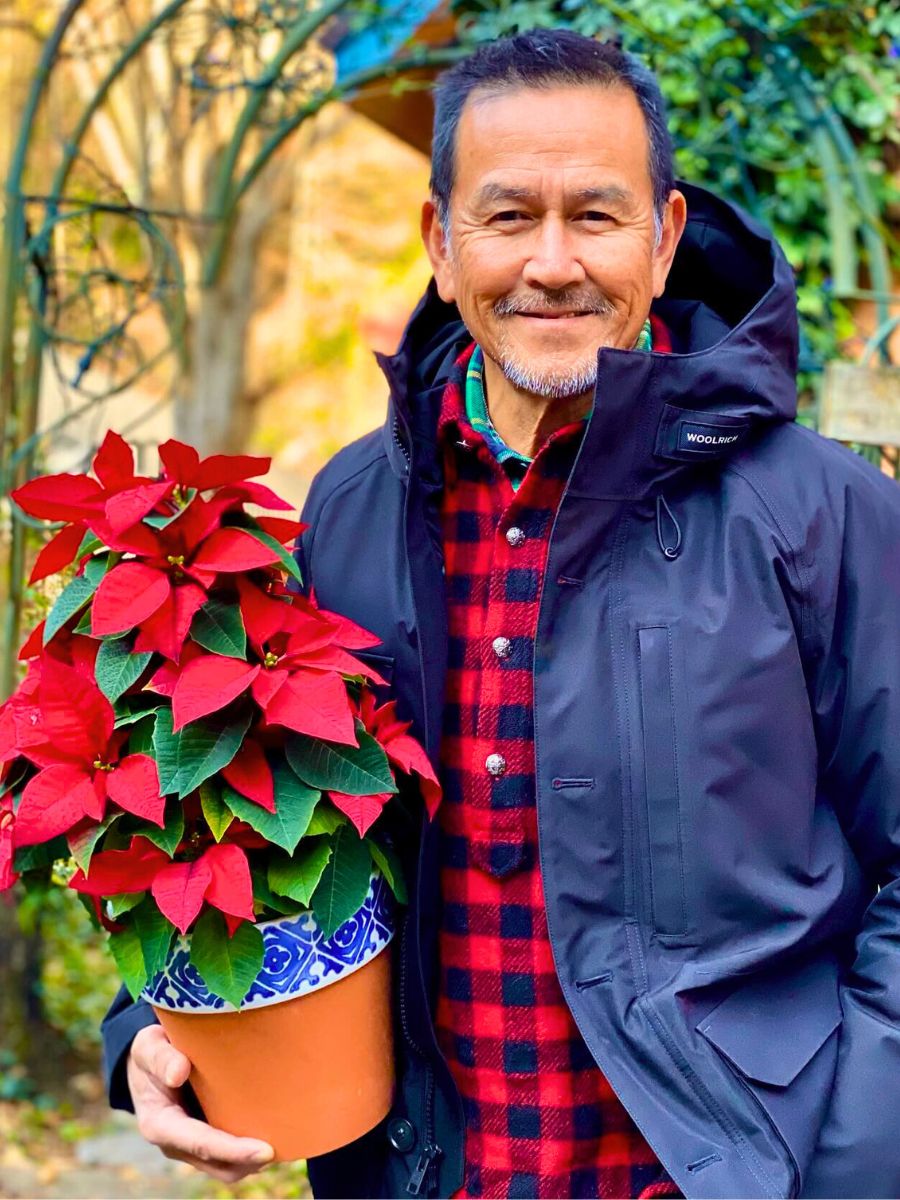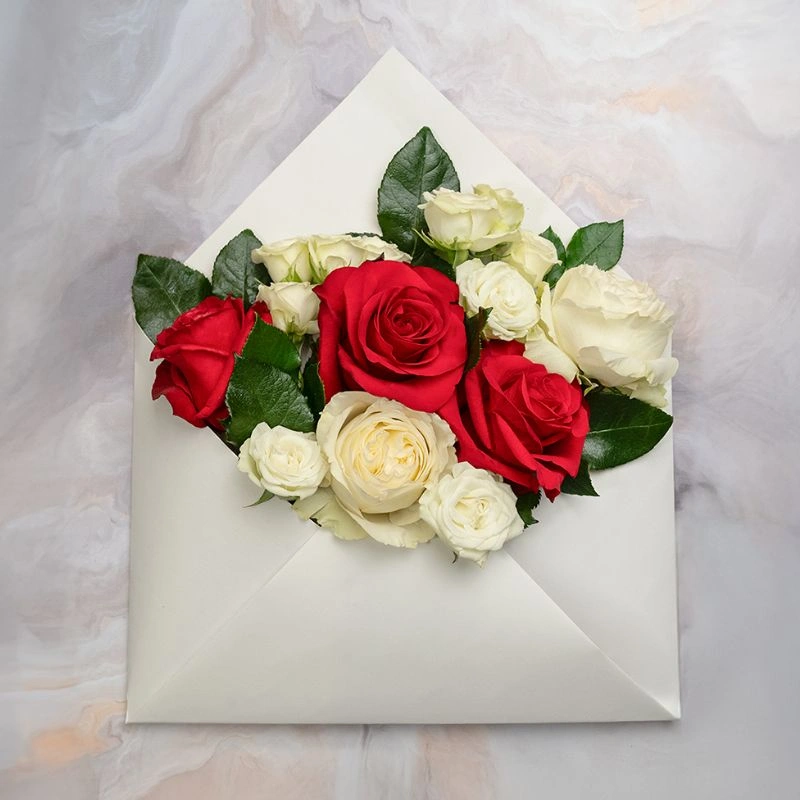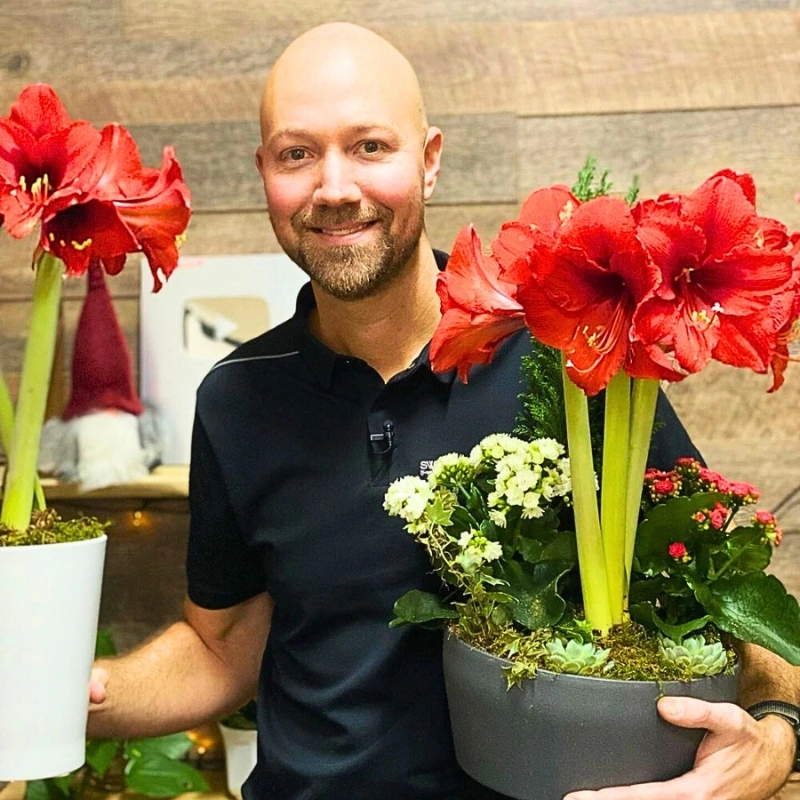Every December 12, the world marks National Poinsettia Day, celebrating the Poinsettia, a plant that has come to symbolize the warmth and cheer of the Christmas season. This plant's colorful leaves, ranging from scarlet to pink, brighten homes, stores, and churches at a time when most of nature practically sleeps.
But behind its festive appearance, there is a story of culture, science, and global horticultural evolution. This special day of the Poinsettia tells not only of the beloved Christmas season plant but also of the people and traditions that made it an icon of these holidays.
What Is National Poinsettia Day?
In recent years, the Poinsettia has become more than a seasonal ornament. For floral designers and plant enthusiasts, it presents a blend of color innovation, heritage, and sustainability. Growers across the world continue to refine varieties that last longer, travel better, and fit modern design tastes. As the festive season kicks in, the National Poinsettia Day offers a moment to reflect on the history, meaning, and continuing influence of this extraordinary plant.
To start, National Poinsettia Day is observed annually in honor of this plant, also called Euphorbia pulcherrima, associated with Christmas. The date marks the anniversary of the death of Joel Roberts Poinsett, the first United States ambassador to Mexico and the man credited with introducing it to the United States in 1828. The U.S. House of Representatives officially recognized the day in 2002 to honor Poinsett’s contribution to horticulture.
Today, the celebration of National Poinsettia Day is not confined to America alone, but globally. Across Europe, Africa, and Latin America, growers, retailers, and plant lovers acknowledge the Poinsettia as one of the defining symbols of the festive season; therefore, it is well honored as well in these regions.

Photo by Jeffrey Hamilton
The Origins and Cultural History of the Poinsettia
Centuries before it became linked to Christmas, the Poinsettia was revered by the Aztecs of southern Mexico. They called it cuetlaxochitl, meaning 'mortal flower that withers,' and used it to produce dyes and medicinal compounds. The plant bloomed naturally during the winter solstice, symbolizing renewal and the promise of life’s return. Spanish missionaries later adopted it as a Christmas decoration, seeing its star-shaped red bracts as a reflection of the Star of Bethlehem.

The modern name came after Joel Roberts Poinsett encountered the plant while serving as ambassador in the 1820s. Captivated by its color, he sent cuttings to his greenhouse in South Carolina, where he propagated and distributed them. From those first greenhouse trials, the Poinsettia began its journey into holiday folklore. Later, the Ecke family in California commercialized Poinsettia production, helping it reach homes and stores across North America through television promotions and holiday campaigns. By the 1960s, the plant had become inseparable from the Christmas spirit and decor.
The Science and Nomenclature Behind the Plant
The Poinsettia belongs to the Euphorbiaceae family, a group known for its milky sap. The genus name Euphorbia honors Euphorbus, the ancient physician to King Juba II of Numidia. The species name pulcherrima means 'the most beautiful,' a fitting tribute to its fiery display. The colored parts people admire are not petals but bracts, which are modified leaves that protect the small yellow flowers at the center known as cyathia.

These details matter to breeders, growers, and even floral designers because understanding the plant’s structure has allowed scientists to create new forms and shades while improving durability and shelf life. Modern Poinsettias now last well beyond the festive period, with some varieties maintaining color for several months under the right care.
Breeding and Varieties in Today’s Market
The Poinsettia industry has undergone a remarkable transformation over the past few decades. While the deep red variety remains the top seller worldwide, breeders like Suntory Flowers have introduced hundreds of new cultivars in shades ranging from cream and pale pink to coral, marbled white and red, and even salmon or plum tones. According to recent industry reports, more than 70 million Poinsettia plants are sold annually in the United States alone, generating over 250 million dollars in revenue.

European and Asian breeders have contributed to the development of new genetic lines that offer improved branching, larger bracts, and greater tolerance to varying light and temperature conditions. Growers in countries like Kenya, Ethiopia, and South Africa are also exploring Poinsettia production for local and export markets, benefiting from the equatorial climate that allows more flexible growing schedules. For florists and designers, these new varieties open up more possibilities for modern arrangements that break away from the traditional red and green palette.
The Poinsettia as a Symbol of Christmas
The Poinsettia’s link to Christmas comes from a legend from Mexico, about a young girl named Pepita who wanted to bring a gift to the Christ Child but could afford only a handful of weeds. As she placed them near the altar, they miraculously transformed into bright red stars. From that day on, the flowers were known as Flores de Noche Buena—Flowers of the Holy Night. This legend reinforced the Poinsettia’s place as a symbol of humility, love, and faith, further heightening its Christmas festivities' nuances.

In Christian tradition, the star-shaped arrangement of the bracts represents the Star of Bethlehem, while the red color symbolizes the spirit of giving. Over time, the plant’s visual connection to the colors of Christmas (red and green) made it a natural part of holiday celebrations globally.
Creative Uses in Holiday Arrangements and Displays
Each season, designers find new ways to showcase Poinsettias beyond the classic pot on a windowsill. Florists use them in festive installations, combining the plant with evergreens, candles, and berries for rich texture. In retail spaces, Poinsettias are displayed in baskets, wreaths, and large-scale event backdrops. White and cream varieties work beautifully in minimalist interiors, while marbled and pink tones suit modern table designs.

For floral businesses, the season’s starts in November through mid-December is an ideal time to create Poinsettia-themed promotions. Showcasing color variety, offering styling tips, and collaborating with local photographers or interior designers can attract new customers while positioning Poinsettias as versatile decor rather than a one-month feature.
Poinsettia Production and Sustainability
Modern Poinsettia production blends art and science. Greenhouse growers manage light exposure to induce color in the bracts, a process called photoperiodism. The plants require short days and long nights, usually about fourteen hours of darkness trigger the red coloration that defines them. Producers now use energy-efficient lighting, biodegradable pots, and integrated pest management to make cultivation more sustainable.

The breeding programs led by major horticultural companies continue to focus on reducing chemical inputs and improving post-harvest longevity. These advances have made Poinsettias more durable for transport and longer-lasting in homes, aligning the industry with the growing demand for eco-friendly products.
Pro Tips: How to Care for Poinsettias
Caring for a Poinsettia is simple when you understand its rhythm. Keep the plant in bright, indirect light and away from cold drafts or direct heat sources. Water only when the soil feels dry to the touch, and ensure good drainage to avoid root rot. In warm climates like Kenya or coastal regions, Poinsettias thrive best indoors where temperatures remain stable between eighteen and twenty-four degrees Celsius. Outdoors, they can grow into tall shrubs if planted in well-drained soil and pruned regularly after flowering.

To encourage re-coloring in subsequent seasons, reduce watering after the holidays, then provide complete darkness for about fourteen hours each night for six to eight weeks starting in early autumn. This mimics the shorter days that naturally prompt the bracts to turn red again.
The Significance of National Poinsettia Day
National Poinsettia Day goes beyond decoration. It honors the people who shaped its journey, Joel Roberts Poinsett, the Ecke family, breeders, and growers who have made the plant accessible across the world. It also celebrates the connection between nature and tradition. In the United States, local garden centers host Poinsettia open houses. In Europe, horticultural societies organize exhibitions highlighting the latest cultivars. In Kenya and other African countries, florists and decorators mark the start of the festive season with displays featuring locally grown Poinsettias.

The day invites everyone to appreciate not just the plant’s color but its story. It speaks of cultural exchange, botanical discovery, and human creativity in preserving and reimagining nature’s gifts.
How to Celebrate the Day
Observing National Poinsettia Day can be as simple as gifting a plant or showcasing one in your home. For florists, it’s an opportunity to organize a mini campaign or share styling content on social media. Visiting a nursery, supporting local growers, or arranging Poinsettia-themed workshops are all ways to celebrate. Sharing images of Poinsettia displays online under the tag #NationalPoinsettiaDay helps amplify awareness and keeps the plant’s tradition alive for future generations.
Beyond buying or displaying, learning about the Poinsettia’s history connects us to its deeper meaning. It reminds us that every decorative plant carries a story of people, places, and passion for growing beauty even in the coldest seasons.

National Poinsettia Day remains one of the most meaningful observances in the floral calendar. It honors a plant that transformed from a wild Mexican shrub into a universal emblem of Christmas joy. For growers, it celebrates innovation and sustainability; for florists, it offers creative inspiration; and for families, it signals the warmth of the holidays. Whether red, white, pink, or marbled, each Poinsettia carries a reminder of generosity and renewal. This December, take a moment to appreciate its story, support your local growers, and let its fiery colors brighten the season.
Header image by @Saini Plant Home.










